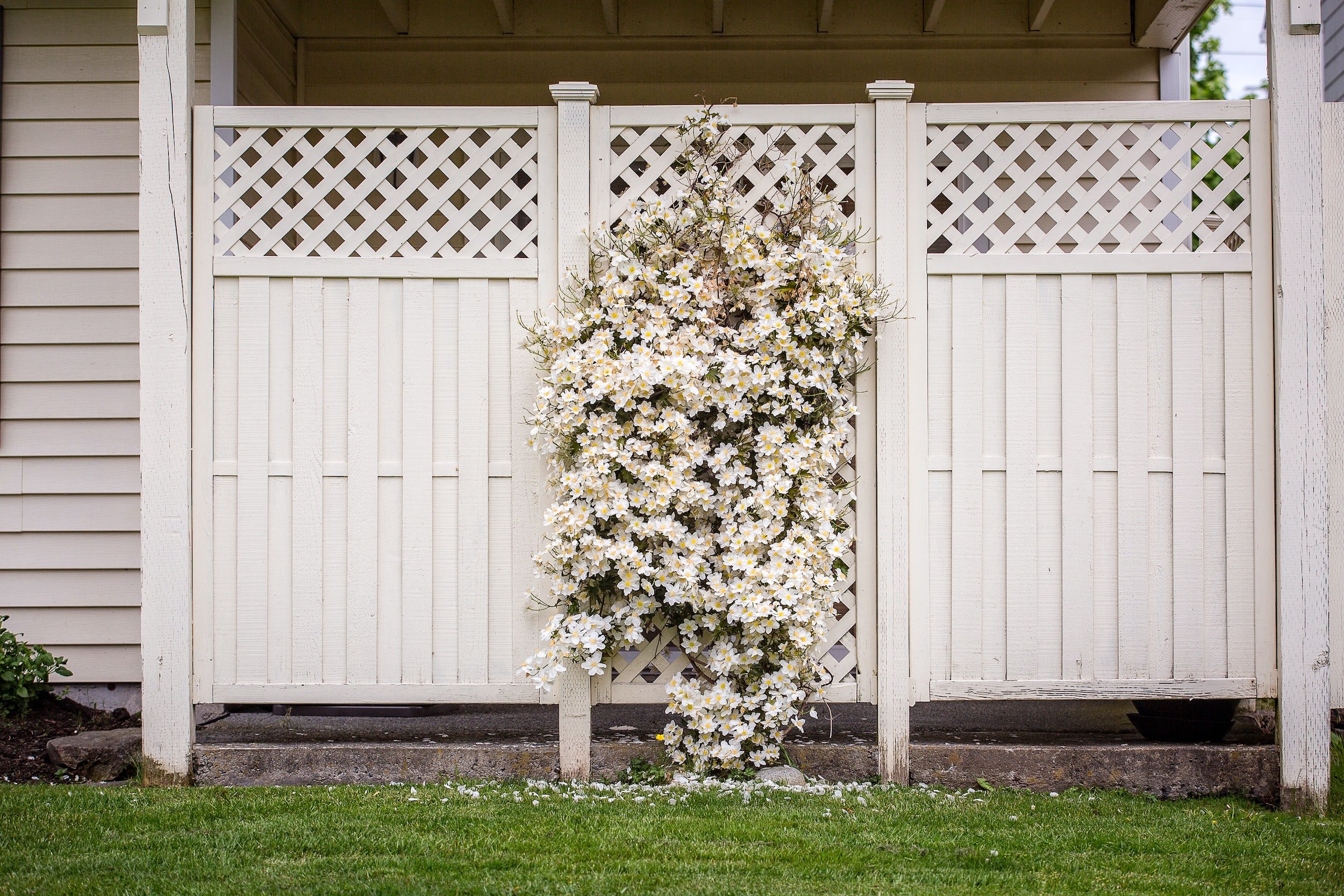
Wooden Fences
Servicing the southeastern Wisconsin & northeastern Illinois areas.
Cedar Material
What makes Cedar the right building material for your next fence?
Well, for starters, this highly revered, durable wood is naturally resistant to rot, decay, and insect attacks, which means anything you build with it will last longer and require less maintenance. But wait! There’s more:
BEAUTY – Aesthetically, there really is no substitute for the natural beauty of Cedar. Imbued with decidedly crisp, yet superbly rich, tonal properties, Cedar can create sublime outdoor sanctuaries, embolden traditional home decor, provoke cutting-edge architecture and inspire innovative interiors. Imagine – all that dynamism packed into one beautiful building material! No wonder Cedar is a designer’s dream come true.
VERSATILITY – Western red cedar is pitch and resin-free. This means it’s ideal for accepting and holding a wide range of beautiful finishes including elegant dark stains, shabby chic bleaches, traditional solid colors, and naturally beautiful semi-transparent. Cedar also offers a wide range of lumber dimensions, surface textures, and grades. Ergo, no matter what your desired effect is, Cedar’s got the wood for you.
SUSTAINABILITY – Independent studies prove that when it comes to environmental performance, natural wood is superior to synthetic products in every way. While other building materials generate greenhouse gasses, western red cedar actually removes greenhouse gasses from the atmosphere. And unlike brick, cement, and composites, Cedar is renewable and biodegradable. Plus, Cedar is sourced from the most sustainably managed forests in the world.
Pressure Treated
Is pressure-treated wood important?
Homeowners have long preferred a treated pine wood fence for its high durability in the harshest elements of summer and winter. Our treated pine lumber contains an environmentally friendly safe chemical that resists rot, termites, and decay. Known for the lighter colored more natural appearance, treated pine fence can easily be complemented with paint or a stain to help preserve its natural appearance, or to match trim or decking on a home.

